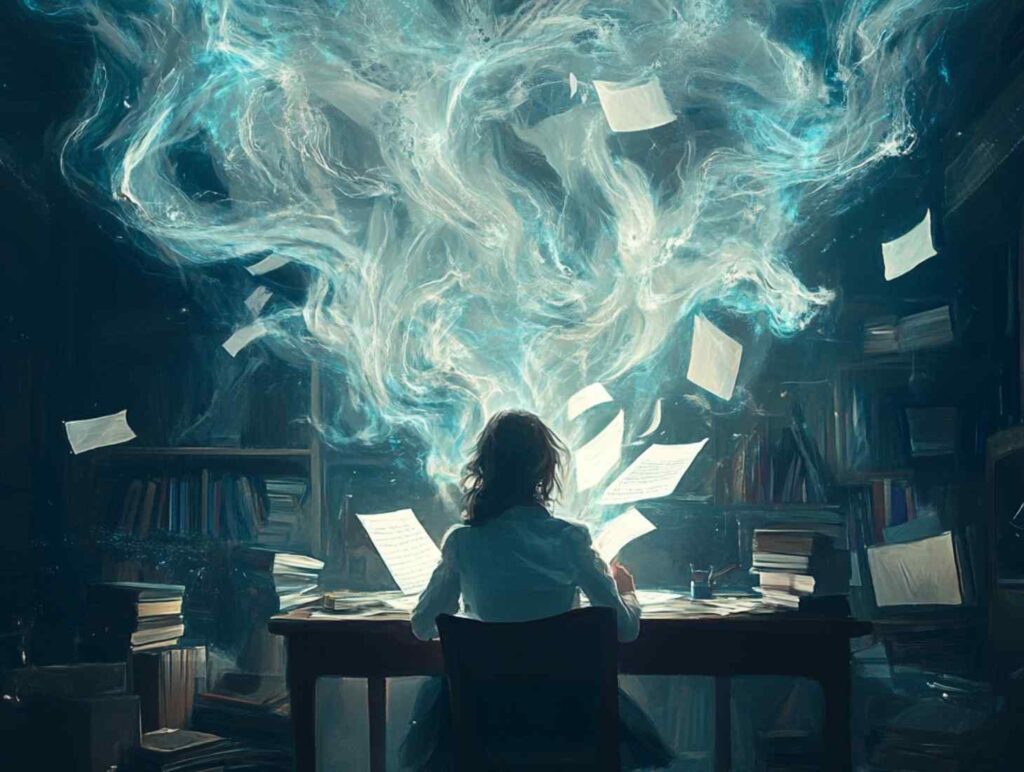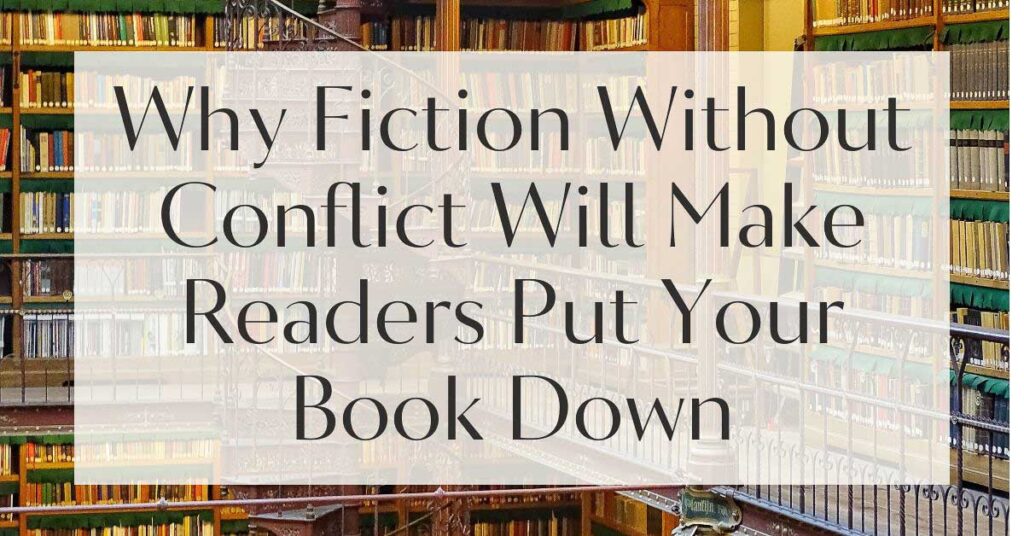Imagine sitting by a cozy fireplace, engrossed in a book that you just can’t put down.
What keeps you turning those pages?
Is it the serene descriptions of landscapes or the gentle musings of characters?
Probably not. The secret ingredient that fuels your reading fervor is conflict.
It’s the tension, the clash of desires, the hurdles that characters must overcome. Conflict is the lifeblood of storytelling, and without it, narratives risk becoming stagnant and unengaging.
Let’s delve into the role of conflict in fiction and discover why it’s indispensable for any compelling story.
The Role of Conflict in Fiction
Conflict is the driving force behind every memorable story. It acts as the catalyst that propels characters into action and keeps readers invested in their journey.
Whether it’s an external battle against societal norms or an internal struggle with personal demons, conflict injects a sense of urgency and purpose into the narrative.
Understanding the Importance of Conflict in Storytelling
At its core, the importance of conflict in storytelling lies in its ability to reveal character depth and drive the plot forward.
Without conflict, characters would have little motivation to change or grow, and stories would lack tension and excitement.
Consider how Frodo’s journey in “The Lord of the Rings” is shaped by his internal struggle with the ring’s power and the external threats he faces.
This duality of conflict enriches the narrative, providing layers of complexity that captivate readers.
How Conflict Drives Engagement and Emotional Investment
Conflict not only advances the plot but also fosters emotional investment from readers. When characters face obstacles, readers experience a rollercoaster of emotions alongside them – fear, hope, joy, and despair.
This emotional journey creates a bond between the reader and the characters, making the story unforgettable.
Imagine the tension in “Pride and Prejudice” as Elizabeth Bennet navigates societal pressures and personal prejudices, leading to a satisfying resolution that resonates deeply.
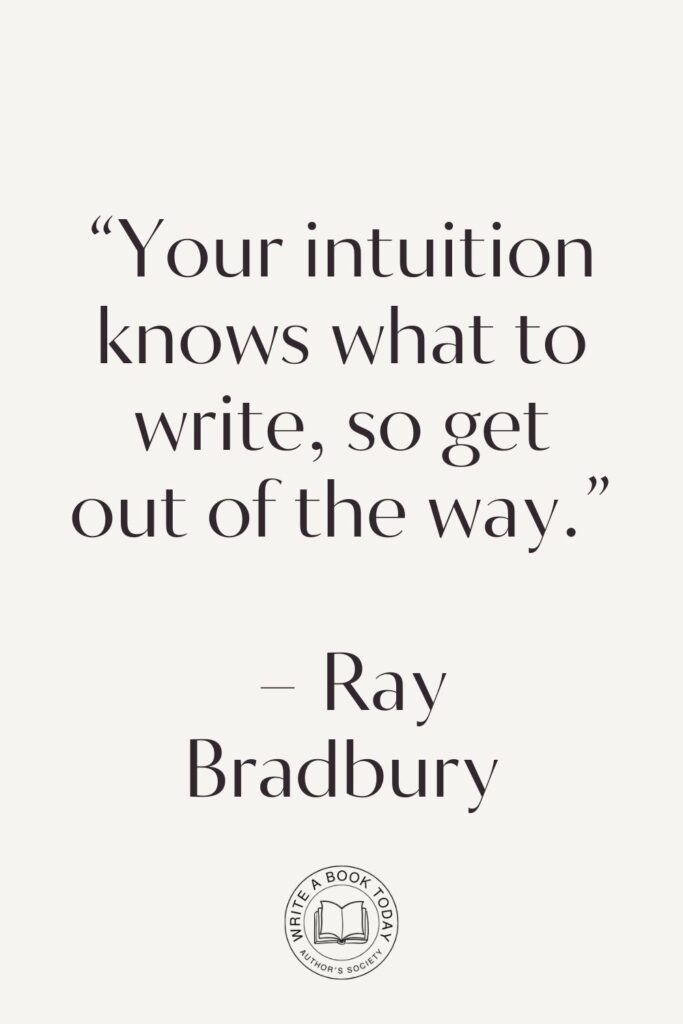
Types of Conflict in Literature
Understanding the various types of conflict can help writers craft dynamic and engaging stories. Each type offers unique challenges and opportunities for character development.
Character vs. Character: The Classic Duel
One of the most common forms of conflict, character vs. character, involves two or more characters with opposing goals or beliefs.
This type of conflict often manifests in direct confrontations, such as the rivalry between Harry Potter and Draco Malfoy.
These clashes create tension and propel the narrative forward as characters navigate their differences.
Character vs. Society: Challenging Norms and Expectations
In a character vs. society conflict, the protagonist grapples with societal norms or expectations.
This type of conflict highlights the individual’s struggle against collective ideologies, as seen in “The Handmaid’s Tale,” where Offred resists the oppressive regime controlling her life.
Such conflicts often explore themes of rebellion and social justice.
Character vs. Nature: Battling the Elements
In this form of conflict, characters face the unpredictable forces of nature. Stories like “Life of Pi” showcase the protagonist’s fight for survival against harsh natural elements, emphasizing human vulnerability and resilience.
This type of conflict often underscores the insignificance of humanity in the grand scheme of nature.
Feeling lost with your debut novel?
Fiverr Pro connects you with expert editors, designers, and marketers – everything you need to get your book ready for success!

Character vs. Technology: The Human vs. Machine Struggle
As technology advances, so does its role in literature. Character vs. technology conflicts explore humanity’s relationship with machines and the ethical dilemmas they pose.
In “Frankenstein,” Victor’s creation of the monster leads to unintended consequences, highlighting the dangers of unchecked technological ambition.
Character vs. Supernatural: Confronting the Unexplainable
Supernatural conflicts pit characters against forces beyond human comprehension. Whether it’s battling ghosts, demons, or gods, these stories delve into themes of faith, fear, and the unknown.
In “Dracula,” Jonathan Harker’s encounters with the vampire count challenge his understanding of reality and mortality.
Character vs. Self: The Internal Struggle
Perhaps the most profound conflict is the internal struggle within a character’s mind. Character vs. self conflicts explore themes of identity, morality, and personal growth.
In “Hamlet,” the titular character wrestles with indecision and existential questions, driving the narrative and deepening his character arc.
Character vs. Fate: Wrestling with Destiny
This type of conflict involves characters grappling with their predetermined destinies. In Greek tragedies like “Oedipus Rex,” characters strive to escape their fates, only to fulfill them unwittingly.
Such conflicts explore themes of free will and inevitability, challenging characters to confront their limitations.
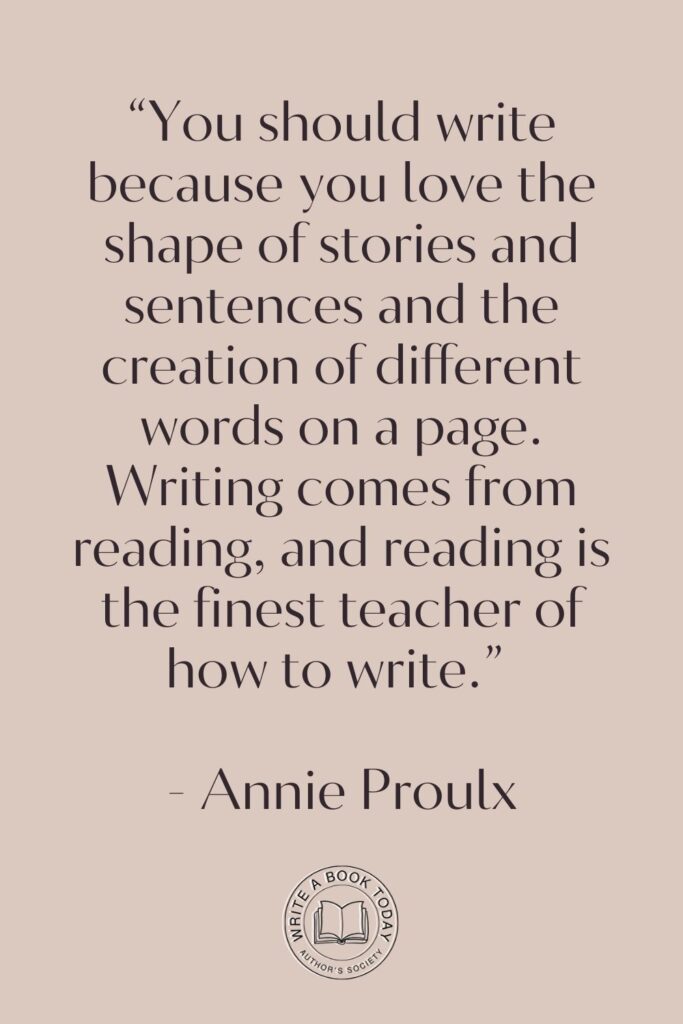
Crafting Compelling Conflicts
Creating engaging conflicts requires careful consideration of character motivations and stakes.
By weaving multiple layers of conflict into a story, writers can add depth and complexity to their narratives.
Creating Tension Through Character Goals
Establishing clear character goals is essential for generating tension. When characters have strong desires, any obstacle becomes a source of conflict.
Consider the goal-driven narrative of “The Great Gatsby,” where Jay Gatsby’s pursuit of Daisy Buchanan fuels the story’s tension and drama.
To enhance conflict, ensure that your character’s goals are specific and personal. The more invested they are in achieving their desires, the more impactful the conflict will be.
Raising the Stakes: Making Conflict Matter
High stakes amplify the significance of conflict, making readers more invested in the outcome.
Whether it’s life-or-death situations or emotional turmoil, heightened stakes create urgency and suspense.
In “The Hunger Games,” Katniss Everdeen’s fight for survival raises the stakes, captivating readers with each turn of events.
Google Docs is for notes. Scrivener is for novels. Upgrade your writing game and try it for free today!

Layering Conflicts for Depth and Complexity
By incorporating multiple types of conflict, writers can create rich, multi-dimensional narratives. Layering internal and external conflicts allows characters to evolve and face challenges on different fronts.
In “To Kill a Mockingbird,” Scout Finch navigates societal prejudice while grappling with her own moral development, resulting in a nuanced and powerful story.
| Type of Conflict | Description | Example |
| Character vs. Character | Opposing goals between characters | Harry Potter vs. Draco Malfoy |
| Character vs. Society | Struggle against societal norms | Offred in “The Handmaid’s Tale” |
| Character vs. Nature | Survival against natural forces | Pi Patel in “Life of Pi” |
| Character vs. Technology | Conflict with technological advancements | Victor Frankenstein’s creation |
| Character vs. Supernatural | Encounter with otherworldly forces | Jonathan Harker in “Dracula” |
| Character vs. Self | Internal struggle within a character | Hamlet’s existential dilemma |
| Character vs. Fate | Confrontation with destiny | Oedipus in “Oedipus Rex” |
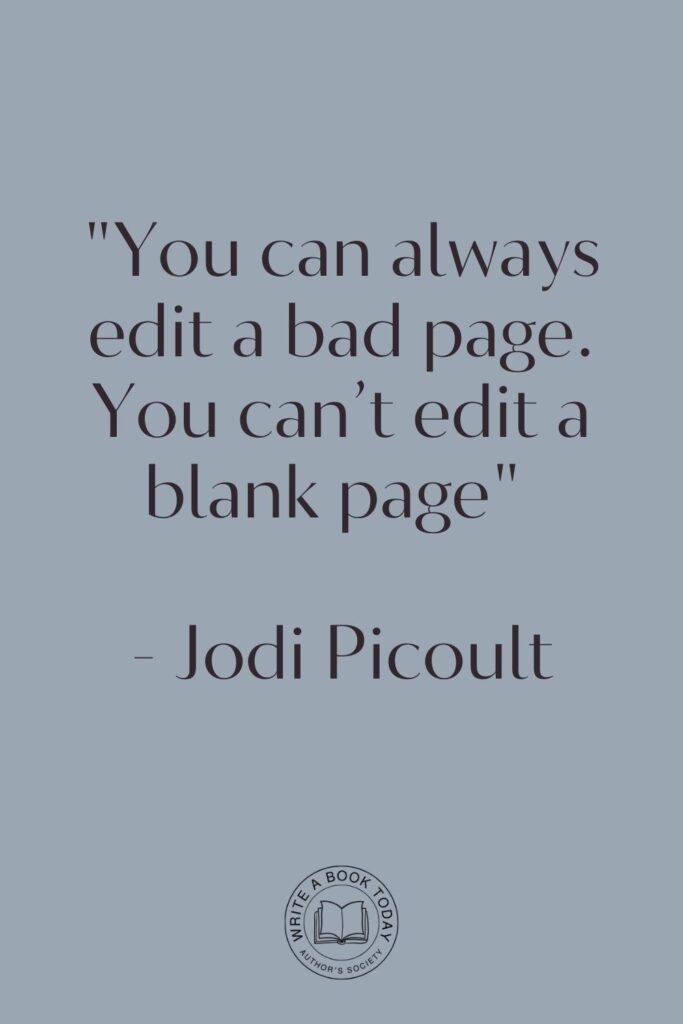
The Impact of Conflict on Character Development
Conflict is a powerful tool for character development, revealing strengths, weaknesses, and growth.
Through conflict, characters undergo transformative journeys that resonate with readers.
How Conflict Shapes Character Arcs
Conflict acts as a crucible, forging characters through trials and tribulations. As characters confront challenges, they evolve, gaining new insights and perspectives.
In “Pride and Prejudice,” Elizabeth Bennet’s interactions with Mr. Darcy lead to personal growth and a deeper understanding of love and prejudice.
Transformative Power of Conflict: From Flaws to Growth
Conflict exposes characters’ flaws and forces them to confront their limitations. This process of self-discovery and growth adds depth and authenticity to their journeys.
In “The Great Gatsby,” Gatsby’s tragic pursuit of an unattainable dream highlights his vulnerability and ultimately leads to his downfall.
To create compelling character arcs, use conflict to challenge your characters’ beliefs and force them to adapt.
This transformation adds layers of complexity and relatability to their stories.
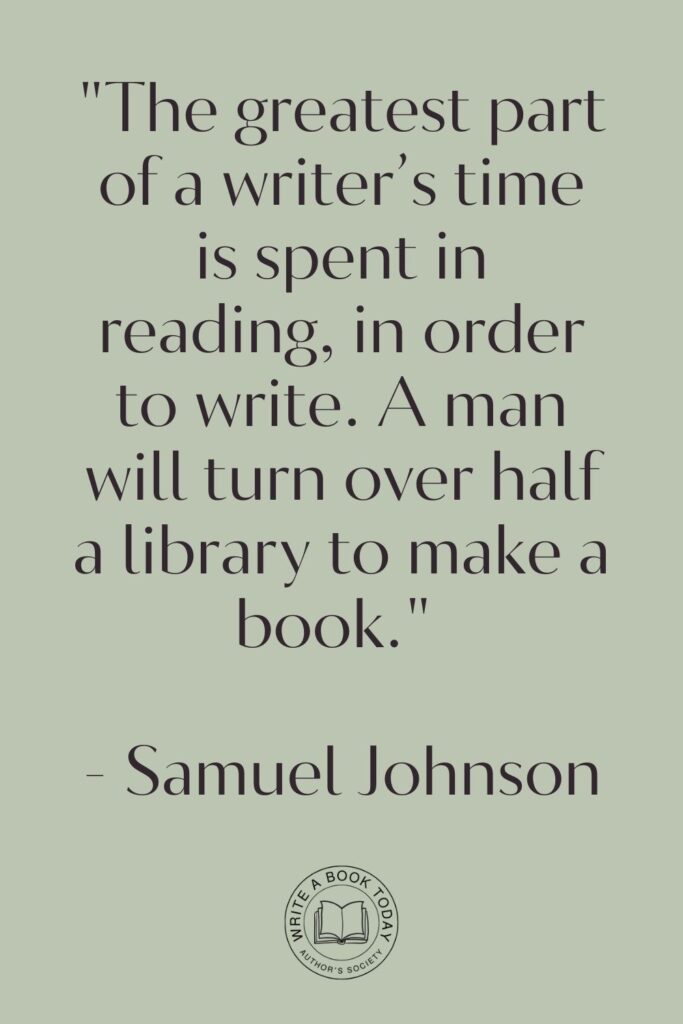
Strategies for Writing Conflict Effectively
Crafting effective conflict requires a deep understanding of character motivations and narrative dynamics.
By strategically incorporating conflict, writers can create engaging and memorable stories.
Identifying Your Character’s Desires and Obstacles
Begin by defining your character’s desires and the obstacles that stand in their way. This foundation sets the stage for meaningful conflict.
In “The Catcher in the Rye,” Holden Caulfield’s desire for authenticity clashes with the phoniness he perceives in the world, driving the narrative.
No marketing platform? No social following? No problem!
Publisher Rocket helps you market your debut novel like a pro.
It’s a gamechanger for debut authors – try it today!


Incorporating Internal and External Conflicts
Balance internal and external conflicts to create a well-rounded narrative. Characters should face challenges both within themselves and from external forces.
In “The Grapes of Wrath,” the Joad family’s struggle against economic hardship is mirrored by their internal battles with hope and despair.
Balancing Conflict and Resolution for Satisfying Endings
While conflict is essential, resolution provides closure and satisfaction for readers. A well-crafted resolution ties together loose ends and reflects the characters’ growth.
In “The Odyssey,” Odysseus’s return home marks the culmination of his arduous journey, offering a sense of completion and triumph.
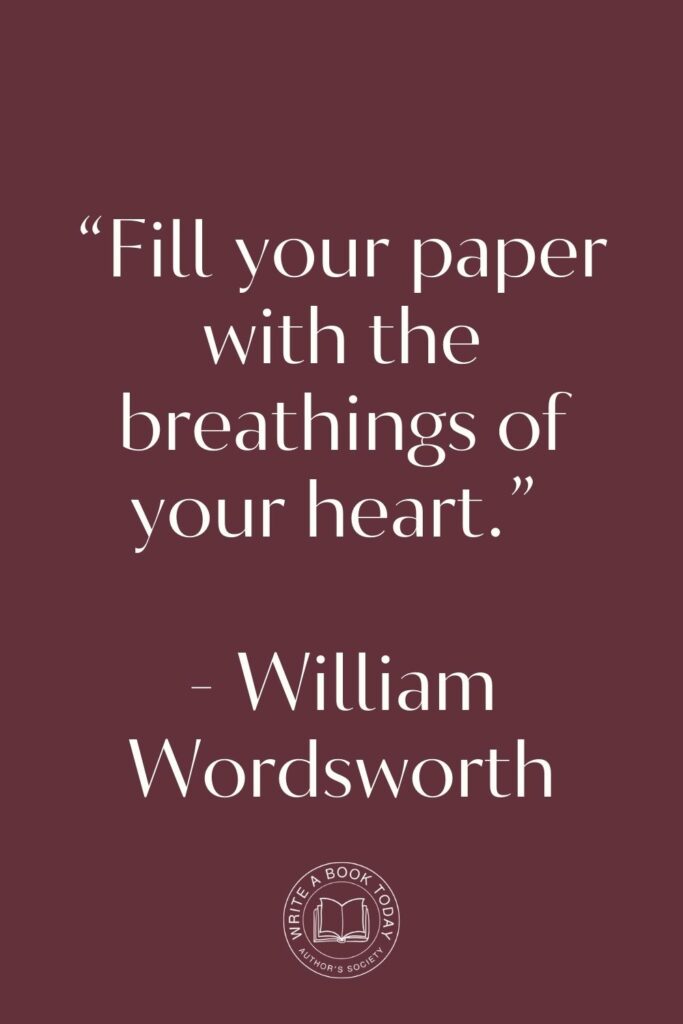
Engaging Readers Through Conflict
Effective conflict captivates readers, drawing them into the story and fostering emotional connections with the characters.
Building Suspense and Anticipation
Suspense is a key element in keeping readers engaged. By gradually escalating conflict and introducing unexpected twists, writers can maintain tension and anticipation.
In “Gone Girl,” the intricate web of deception and manipulation keeps readers on the edge of their seats, eagerly anticipating the next revelation.
Creating Relatable Characters Through Struggle
Conflict humanizes characters, making them relatable and endearing to readers. When characters face adversity, readers empathize with their struggles and root for their success.
In “To Kill a Mockingbird,” Scout’s innocence and moral growth in the face of societal prejudice resonate with readers on a profound level.
To engage readers, focus on creating relatable characters whose conflicts reflect universal themes and emotions.
This connection fosters empathy and investment in their journeys.
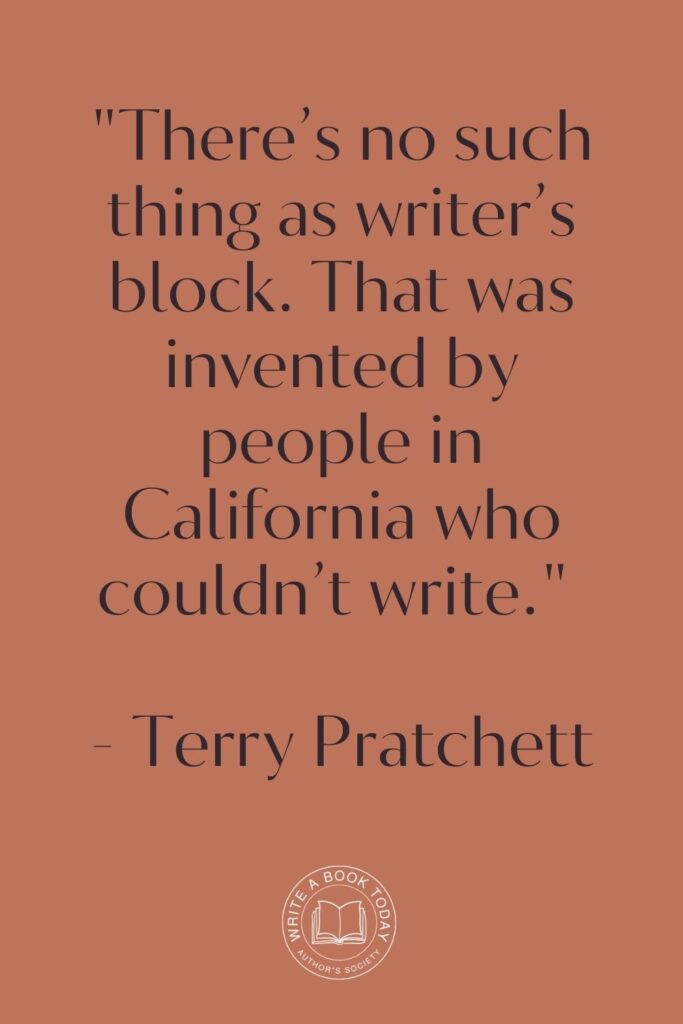
Final Thoughts on Conflict in Fiction
Conflict is the heartbeat of storytelling, infusing narratives with tension, emotion, and meaning.
By embracing conflict as a catalyst for change and growth, writers can craft stories that resonate with readers long after the final page is turned.
Embracing Conflict as a Catalyst for Storytelling
In the realm of fiction, conflict is not merely an obstacle but a transformative force that shapes characters and narratives.
Whether it’s a battle against external forces or an internal struggle for self-discovery, conflict propels stories forward, captivating readers and leaving a lasting impact.
As you embark on your writing journey, remember that conflict is not a hurdle to be overcome but a powerful tool to unlock the secrets of compelling fiction.
